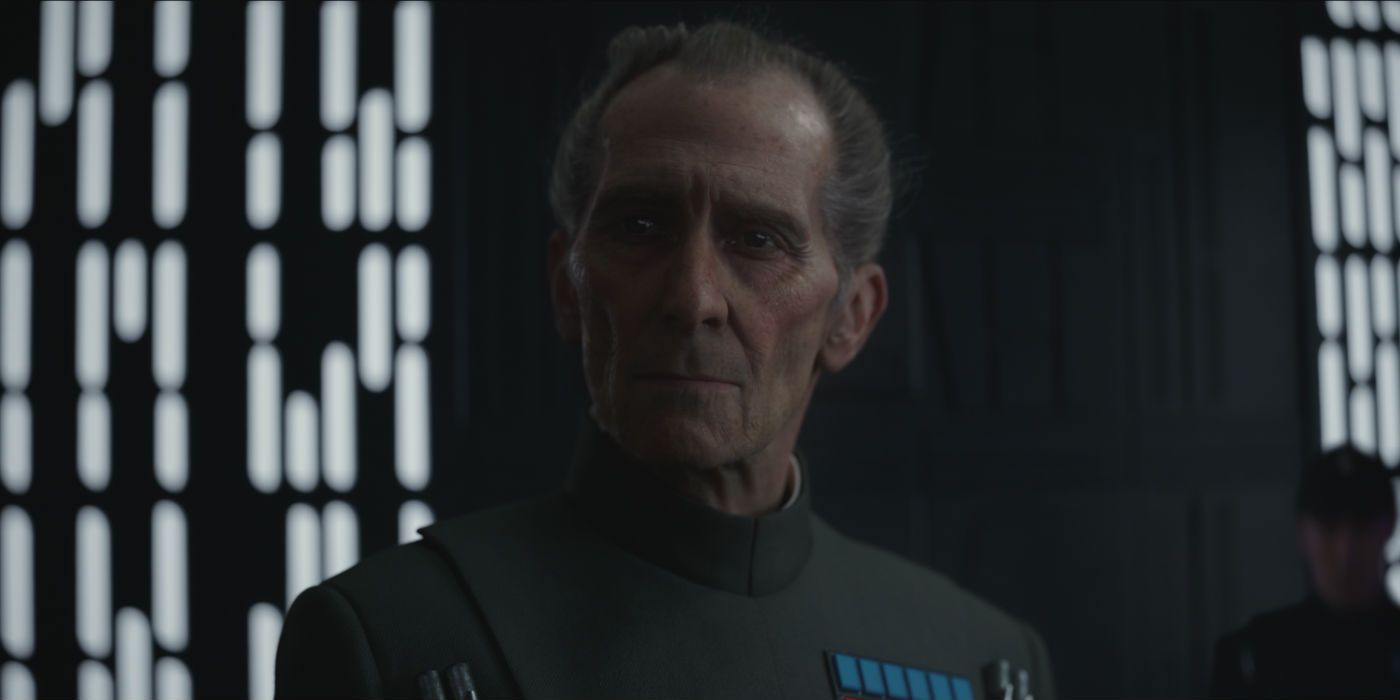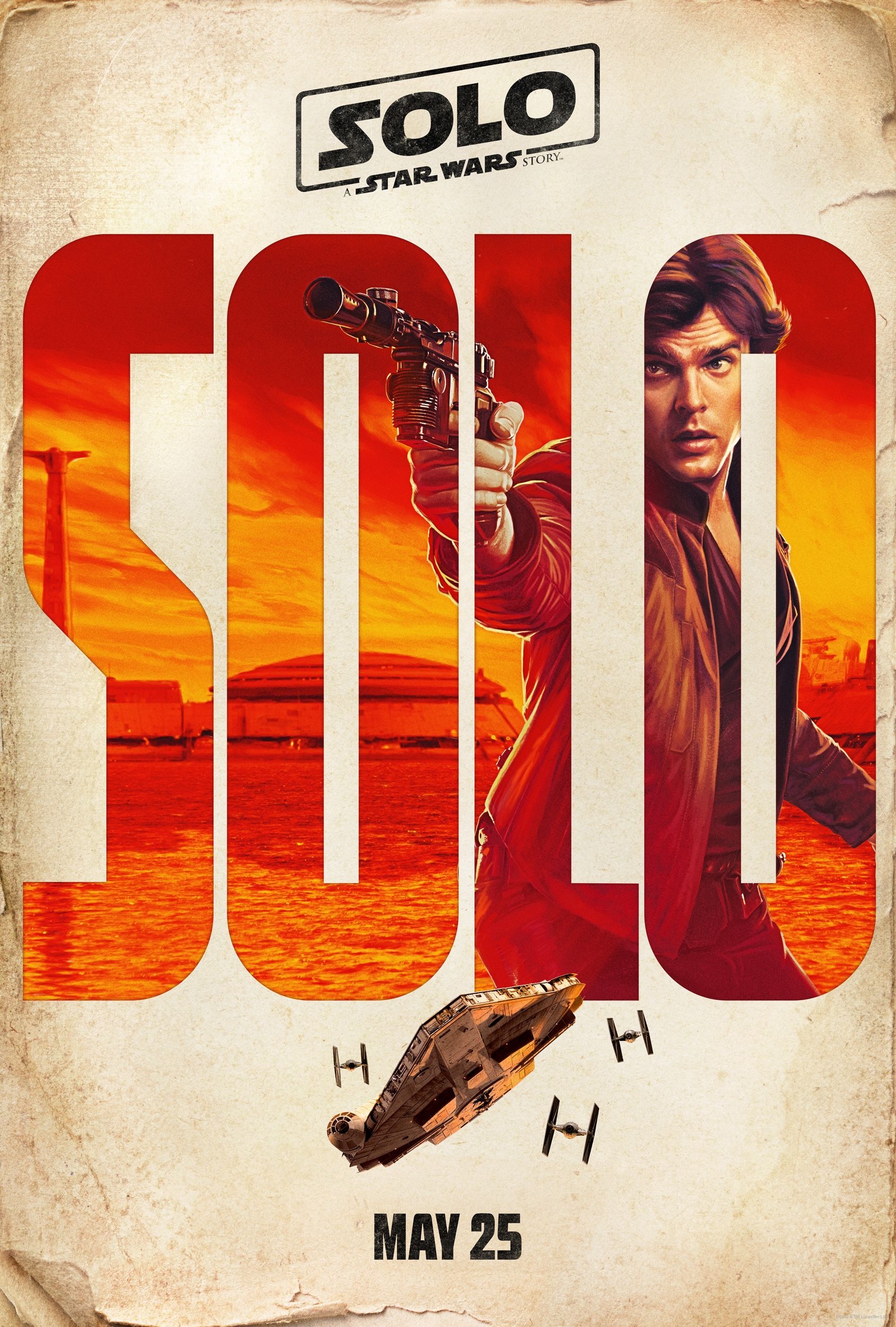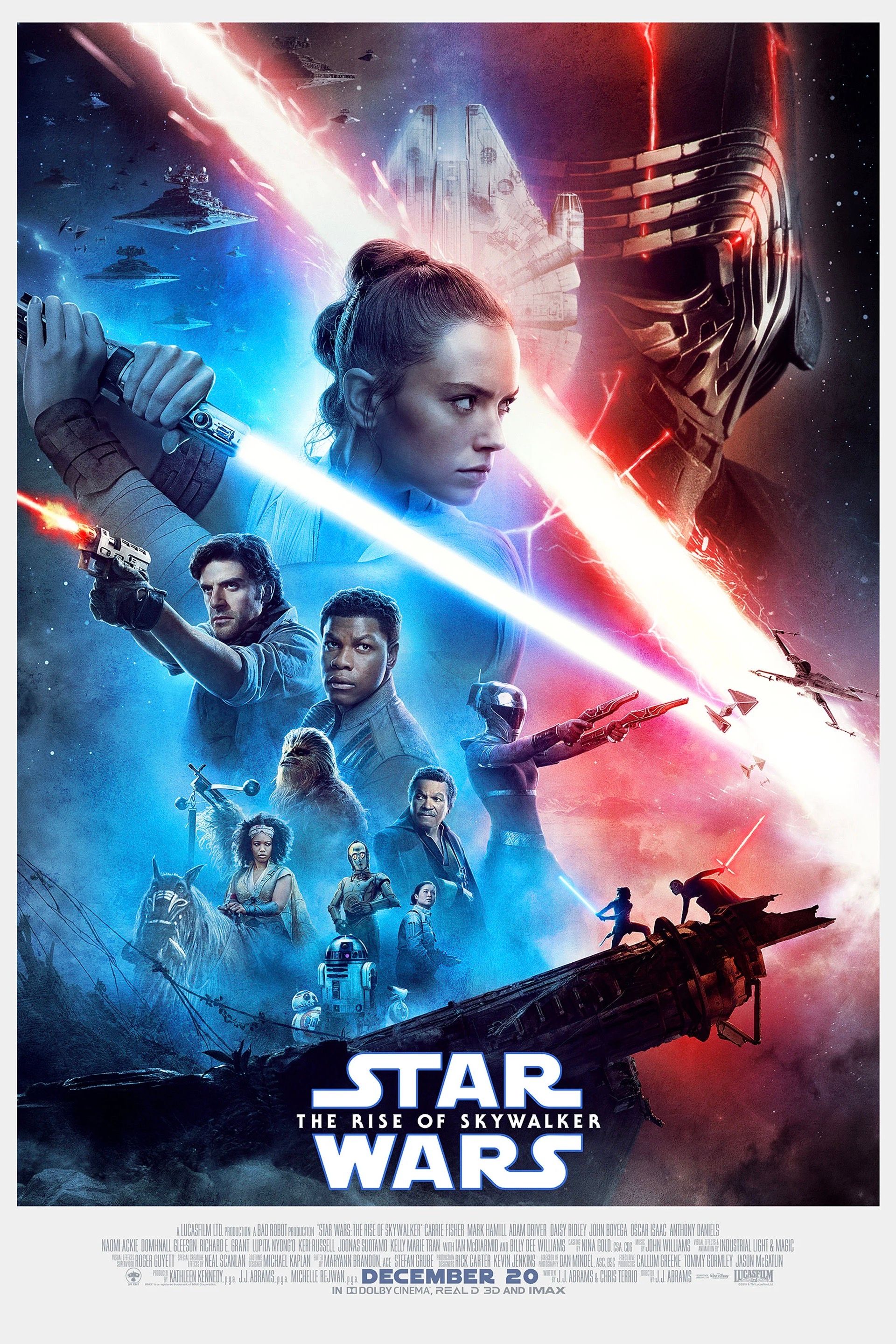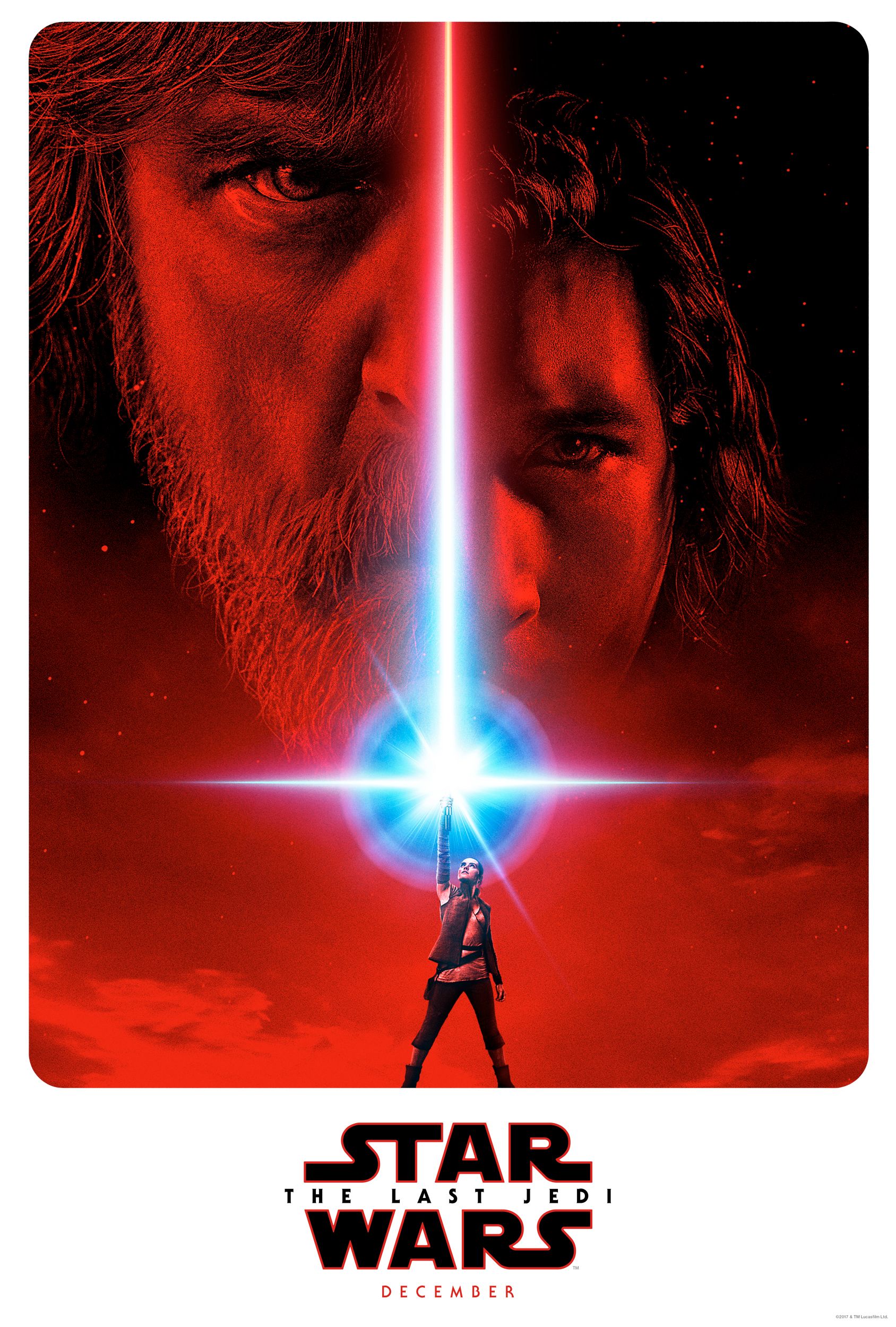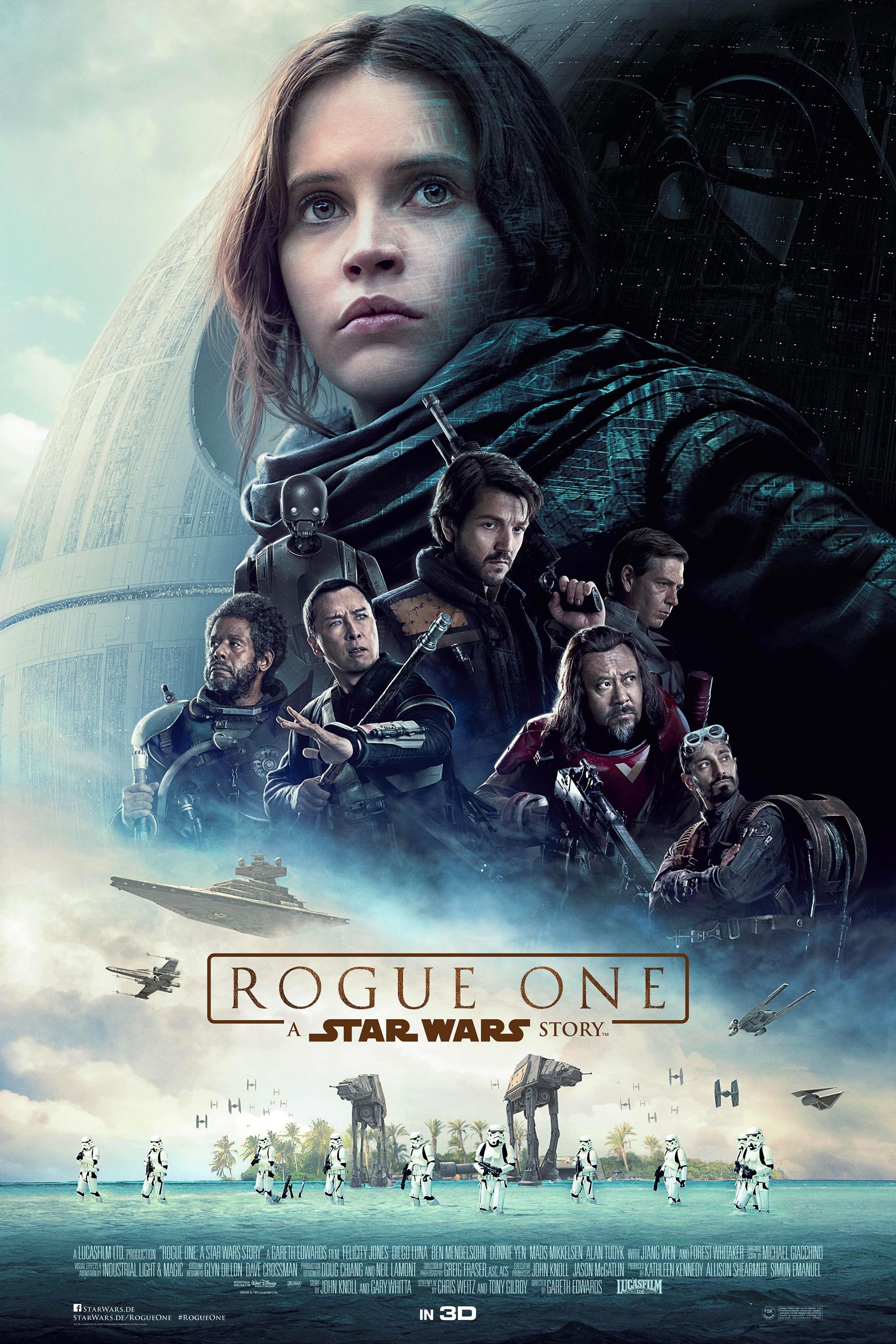The work of Industrial Light & Magic played a major role in making Rogue One: A Star Wars Story such a visual marvel and technical masterstroke. The Rogue One visual effects team garnered a well-earned nomination for Best Visual Effects at the 89th Academy Awards for the wide range of techniques they employed to tackle a variety of challenges.
One of the most significant tasks for the Rogue One visual effects team at ILM was not to revive classic ships or create an epic space battle, but to breathe life into CGI characters. Chief among them was the recreation of classic Star Wars trilogy character Grand Moff Tarkin, a task that made director Gareth Edwards particularly nervous. ILM created the CGI version of Tarkin with a mix of motion capture and CGI - and now they’re giving fans a behind-the-scenes look at how they made it happen.
A new video posted to the ILM YouTube channel on Monday gives a peek behind the curtain as to how the team brought the CGI version of Grand Moff Tarkin to life. One of the first shots is a look at actor Guy Henry having his face go through a “lightstage capture” process. Then, a series of shots show Henry acting out his scenes as Tarkin before the CGI process was layered over him. There’s also a quick look at an early version of the CGI Tarkin as rendered in a computer program.
Most of the video gives a series of glimpses at Henry performing as Tarkin in a couple of key scenes in Rogue One - while wearing motion capture headgear. A handful of side-by-side shots show how Henry’s motion capture performance was rendered as CGI and then transferred to the CGI model for Tarkin. The final two shots show a before and after of Tarkin addressing a group of Imperial officers, first with Henry and his motion capture gear and then the finished product.
The end result of ILM’s work to bring Grand Moff Tarkin back to life, of course, was stunning. The visual effects team for Rogue One ventured into mostly uncharted territory with the CGI revival of an actor who has been dead since 1994, and succeeded tremendously. ILM faced a variety of challenges in the recreation of the galaxy as it is known in A New Hope and the rest of the original Star Wars trilogy, and the CGI Tarkin was arguably the riskiest of them all. Considering Rogue One's success with both critics and the box office and its chances to take home Oscar gold, Disney and ILM’s bets have sure paid off.
There’s no denying the technical brilliance that went into creating the CGI version of Grand Moff Tarkin, but the character also had its share of controversy. The very idea of using visual effects to bring actors back from the dead can invite some serious ethical questions, and CGI humans can potentially be off-putting to viewers because of what’s known as the “Uncanny Valley” effect. But if Rogue One: A Star Wars Story ends up winning the Best Visual Effects Oscar, ILM’s work with the CGI Tarkin (and Princess Leia) will be a big reason why.
Next: How Rogue One Brought Peter Cushing Back as a CGI Grand Moff Tarkin
Source: ILM

